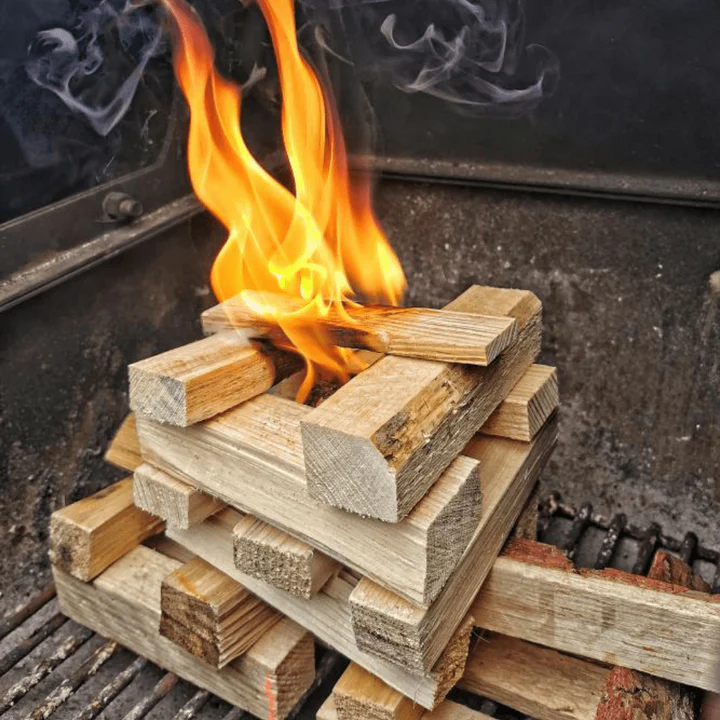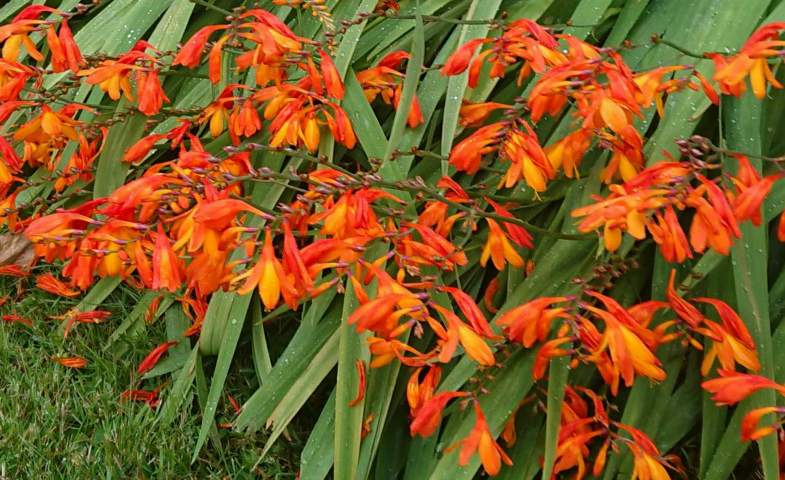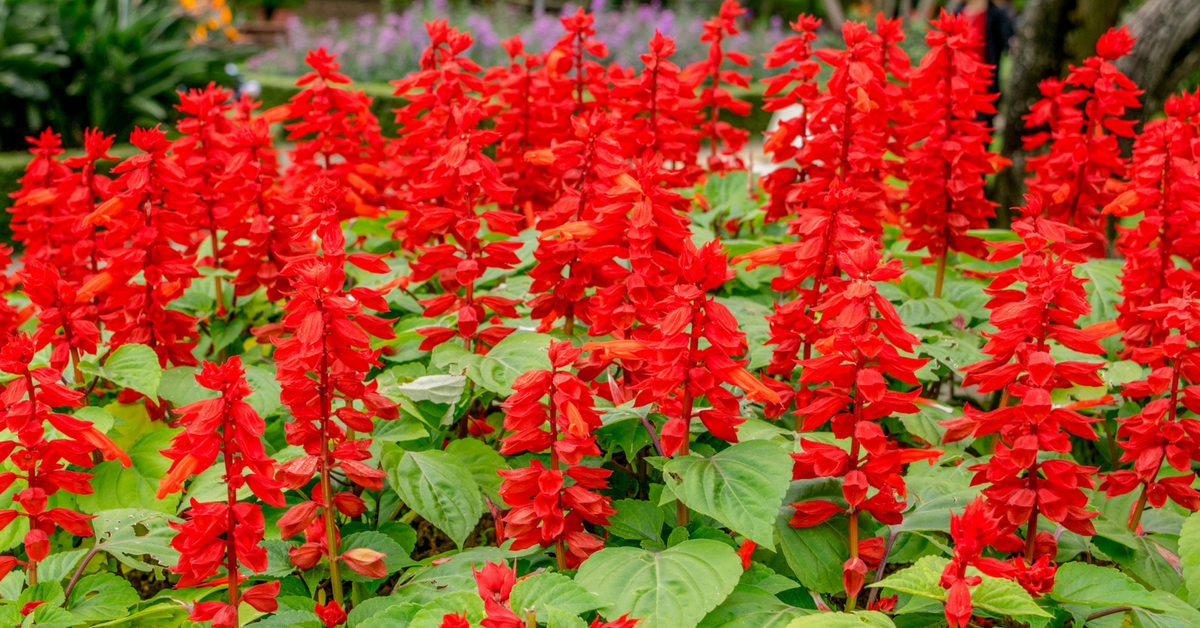Why Do Rose Stems Turn Black?

Table of Contents
Rose bushes look amazing in homes and yield flowers that have legendary fragrances. Yet the plant is not easy to care for, as many diseases can stunt its growth. The extra little TLC it requires keeps it safe from fungal infections. The most common ones that affect rose plants are black spots and stem cankers. And even after applying a homemade remedy for black spots on roses, it may still have cankers.
A rose bush’s stem can turn black due to multiple reasons. For one, there may be insects, like cane borers burrowing in the stem. The other reason is stem cankers. But both of these can affect the plant and the entire stem. And there is no way of knowing which remedy would restore it.
In this article, we discuss the most probable reasons why rose stems turn black and how to combat them.
Most Probable Reason Why Rose Stems Turn Black
While caring for your plants, you need to keep a careful eye on them. This would help you be attuned to its different problems., so you can act as soon as possible. For instance, if you were to see certain stems turning black, you can find out the root cause behind it. And that can be many different things.
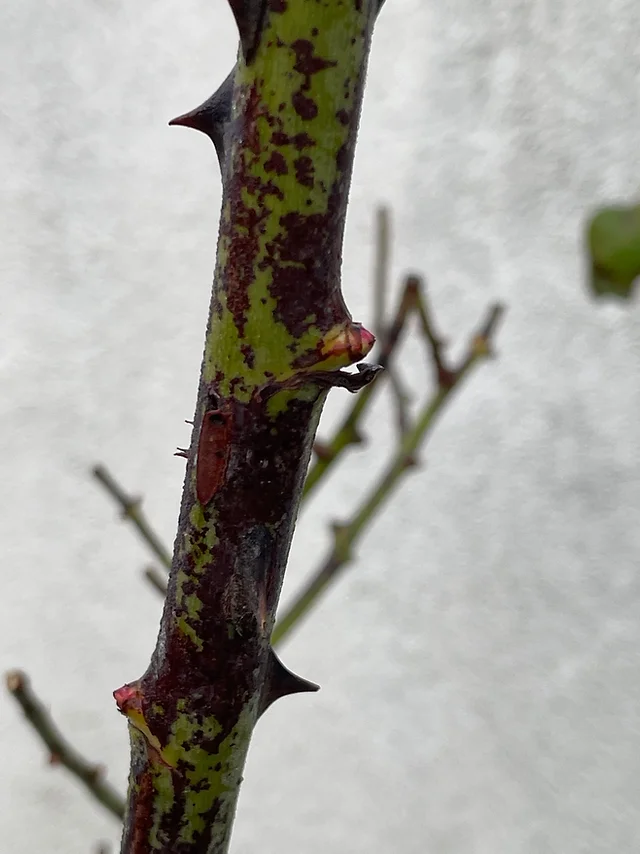
One of the first diseases you would guess upon seeing black stems would be black spots. This fungal infection spreads like fire and can affect an entire garden in a matter of months if left untreated. However, if you see that the leaves of the plants remain unaffected and free of spots, it can be over-watering.
Sometimes white powdery mildew also causes damage to the sem of the plant making it go black. But the most common reason why your rose stems turn black is because of stem cankers. You would be able to figure out if the stem indeed has cankers or if it is just damaged by observing.
Types of Cankers Found in Rose Plants
Cankers are often found in plants that have been recently pruned. And even though they can be avoided by cleaning your shears before pruning, it is safer to know how to deal with them. For one, there are three types of cankers.
Brown Cankers
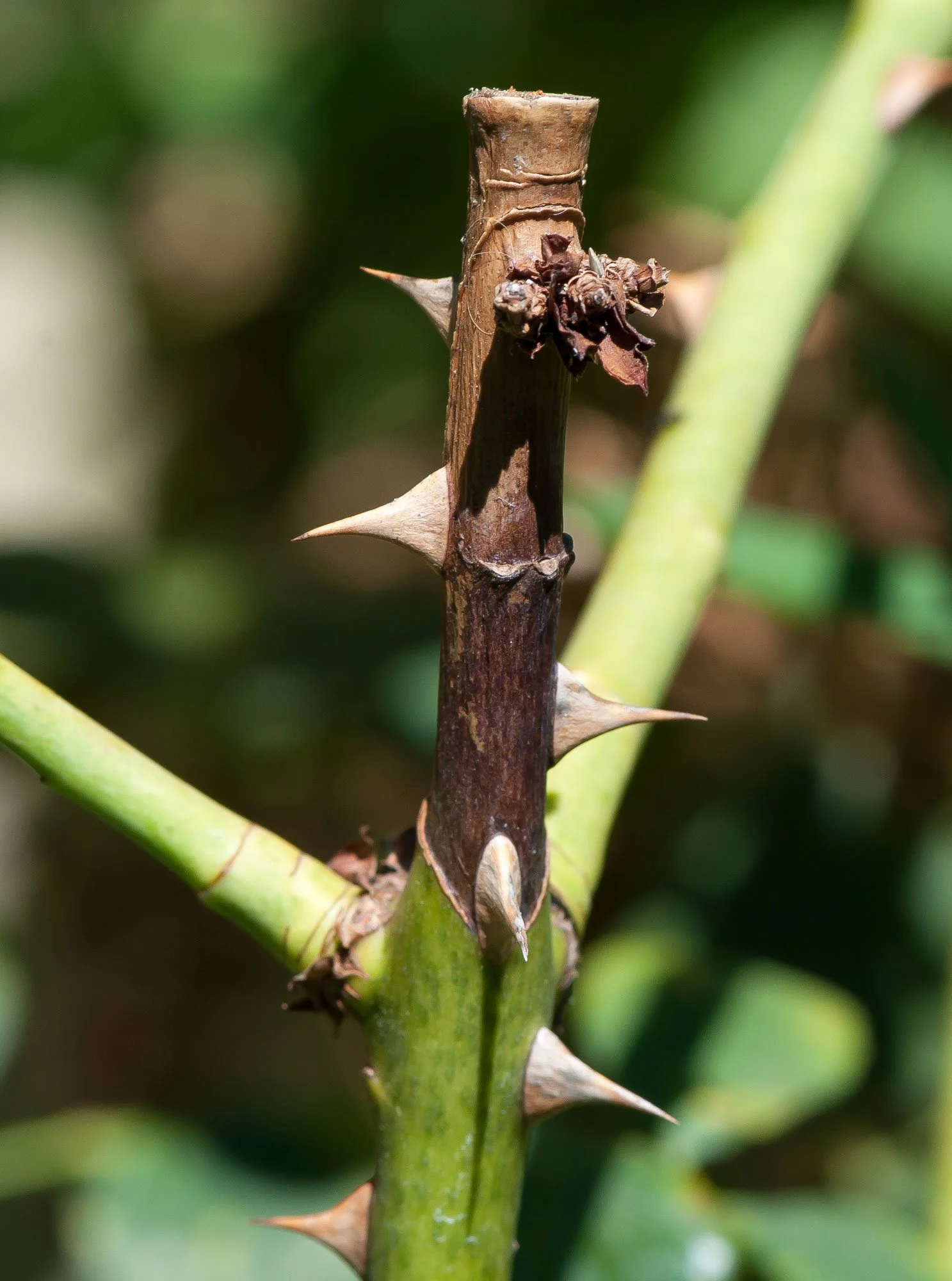
When your rose plant has brown cankers, you will find tiny bumps on canes that are half the size of a rice grain. They will also be reddish-purple initially then develop into brown or black when they mature.
Brand Cankers
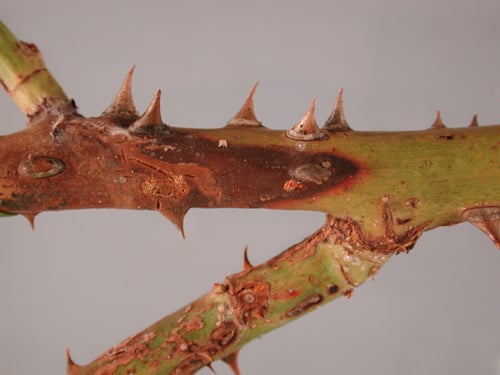
Both brown and brand canker start the same way, in a reddish color. But brand cankers develop a brown center very fast.
Stem Cankers
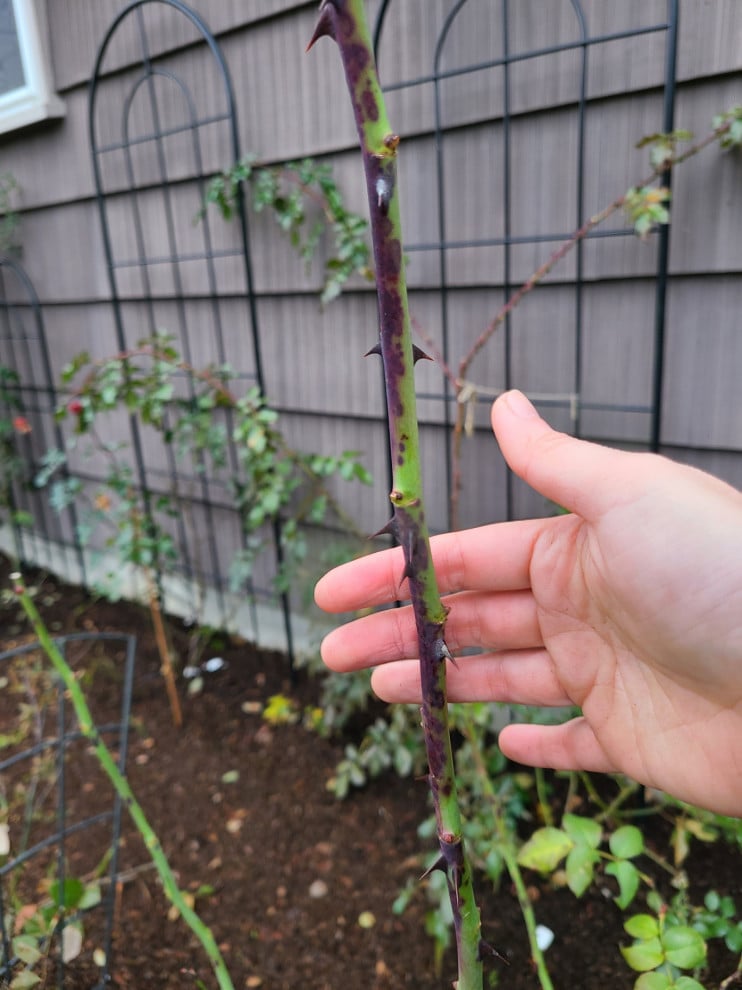
With stem cankers, the fungus creates dark raised spots all over the affected stem. As the infection develops, the stem is girdled and that part of the plant loses access to water and nutrients. The black part of the stem then ultimately kills anything that grows on it.
Identifying Stem Cankers
Stem cankers are not that hard to detect once you have spotted your rose stem going black. The occurrence is due to a fungus called Pathogenic fungi. Because of this, the rose bushes’s stems and canes will show blackening in splotches at first. And even though the disease is not fatal initially, it still can damage the plant internally.
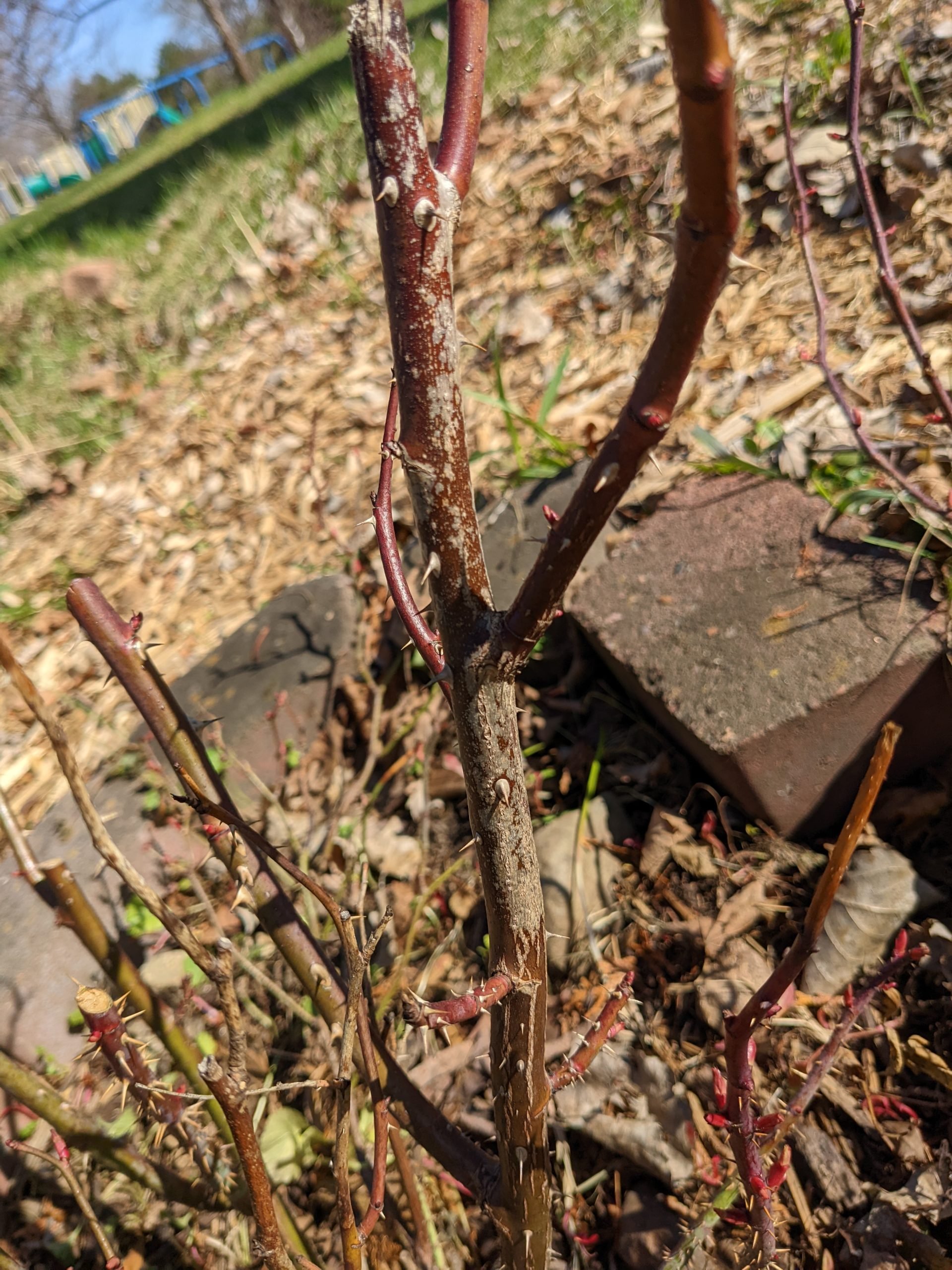
Unlike black spots on rose leaves, the black splotches do not propagate via air. The reason why certain plants get stem cankers is due to irresponsible pruning. As the stems are cut recklessly with unclean shears, the fungus travels from one plant to another. Damaging the stems also makes them vulnerable to the disease, creating a hostile environment for the plant.
If your rose bushes are prone to blackened stems, keep an eye out for them during winter. The cold makes the plant more vulnerable and less active, and that is when the fungus rears up.
Management of Stem Cankers
Once you start noticing stem cankers on your rose bushes, know that the branch is beyond saving. The fungicides that are available in the market do not affect the organisms responsible for stem cankers. However, you can save the rest of the plant by carefully pruning away the infected branch.
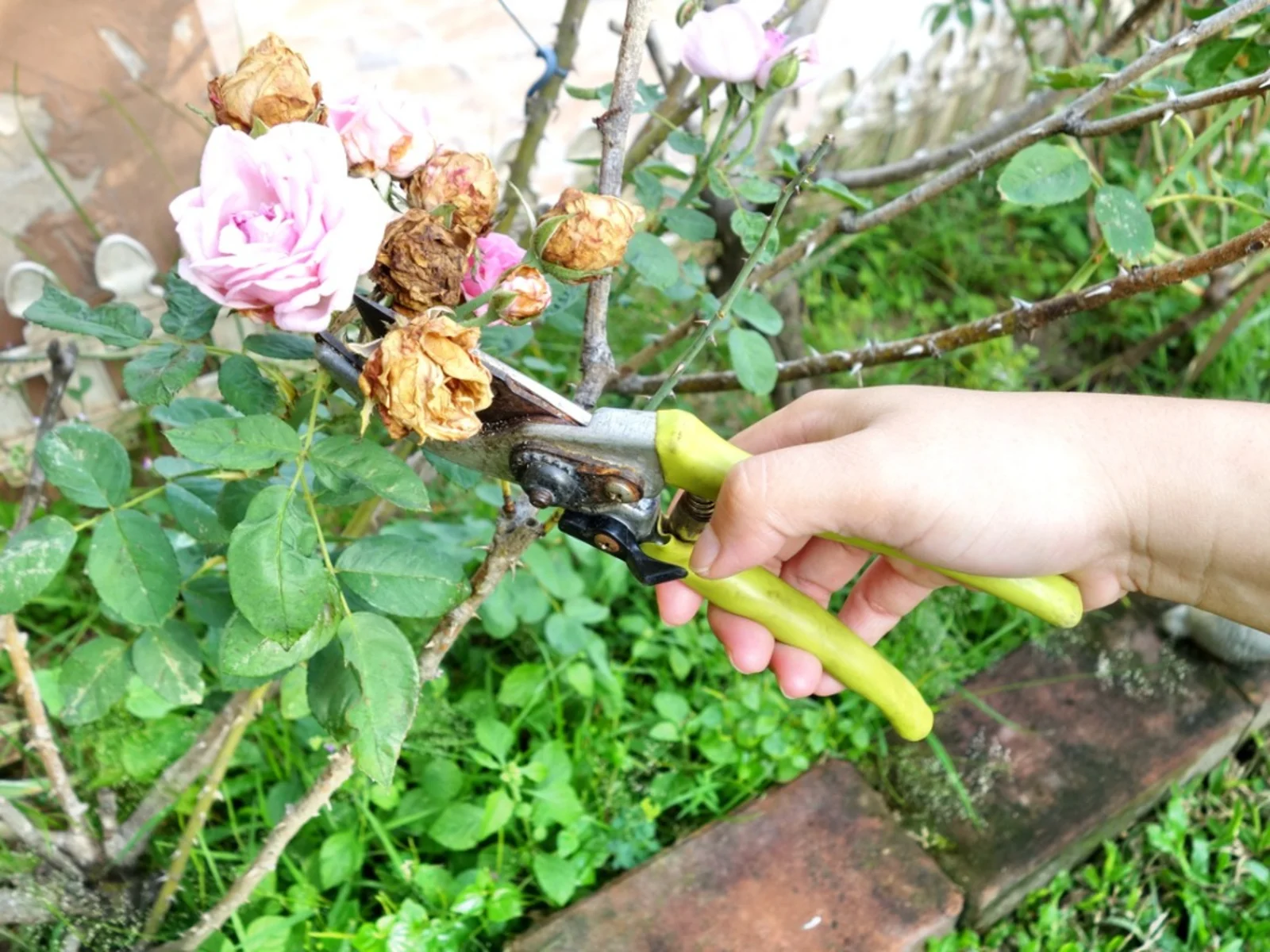
The pruning should be done carefully, with the extent of damage kept in mind. The point where the cut is to take place should have no sign of blacking. Cut at a 45-degree angle with sharp shears, making sure the shears have been cleaned before and after. Use a solution of isopropyl alcohol to make sure the fungus isn’t carried. The cut should also be made during the spring season.
Bottom Line!
Roses are one of the most popular flowers on the planet, as they are renowned for their beauty. But the rose plant requires a lot of upkeep to be kept flowering. And one of the most important parts of that upkeep is disease control. Fungal infections like stem cankers can turn fatal if left unchecked.
There are many kinds of reasons that can turn a rose stem black. But they can all be combated by pruning off the damaged stem so that new life can grow.
Comment below and let us know how you keep your rose bushes safe in the winter!

